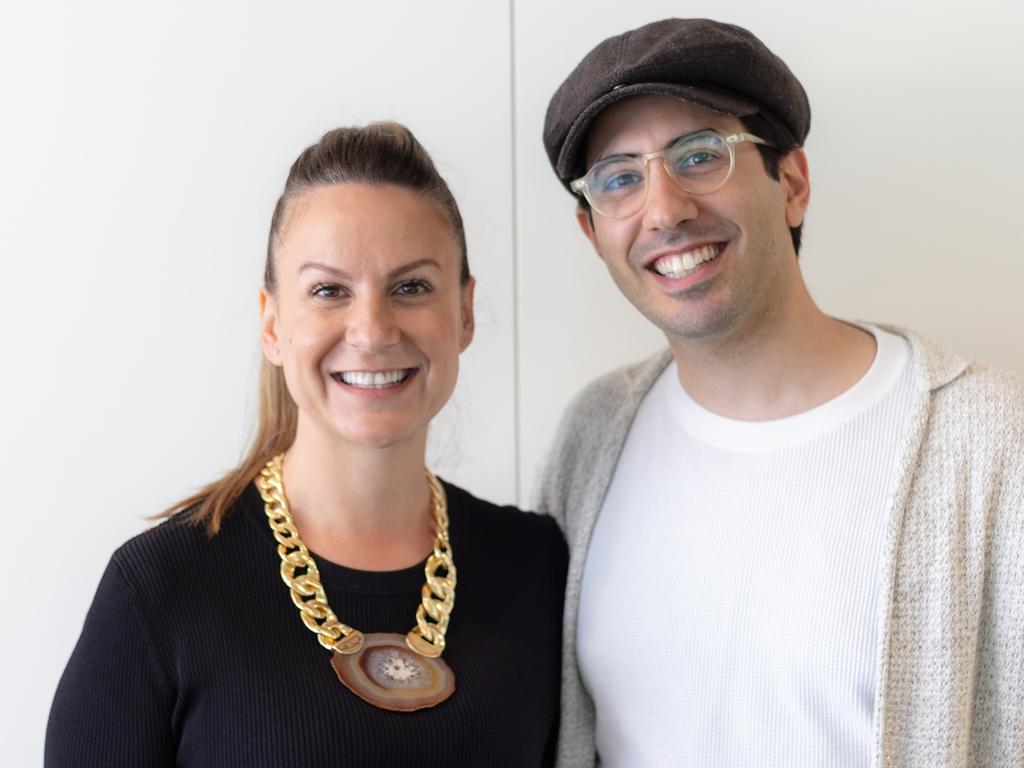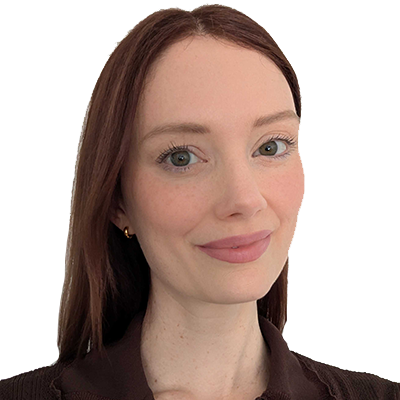Thermal scans, desk sensors, algorithms and apps shape the new COVID-normal workplace
Companies are already adopting new technologies to keep Australians safe in the new COVID-normal way we work.

AI-powered thermal scans, data-collecting desk sensors, and algorithms that determine which employees can work from home – welcome to the new hi-tech, COVID-normal workplace.
Organisations across the sectors are introducing new technology focused on ensuring safety and success as employees return to workplaces or settle into hybrid working models.
So how will it affect you? SMARTdaily asks the experts.
THERMAL IMAGING TO PROTECT TEAM HEALTH
Amazon Web Services head of channels and alliances Davinia Simon says thermal imaging solution Thermy is one example of a technology helping people feel safe at work. Developed by Brisbane-based tech company Bigmate using AWS, it is used with a CCTV or IP camera to scan workers’ temperatures as they enter or move around the workplace.
Data is stored in the cloud so it can be analysed at any time or generate an alert.
“Whether in a large industrial workspace or a retail space or aged care facility, there is an unlimited number of applications,” Simon says.

Bigmate chief executive Brett Orr says Thermy was developed before the pandemic when a client asked for a way to detect employees coming to work with the flu.
“We had to teach the machine with AI (artificial intelligence) to understand what a thermal image was then isolate the exact point on a person where you could take the temperature, and (remove any influence produced) if they were wearing a burqa or hat or glasses or had a beard or thick makeup on,” he says.
“It is free flow so (there is) no stop point, you don’t have to touch something. People in the working environment can go about their day but every time they walk in front of the camera they get scanned.”
WFH ALGORITHMS FOR DATA-BASED DECISIONS
Another AWS-backed workplace technology is Faethm, which has been adopted by organisations from KPMG and MasterCard through to the Department of Foreign Affairs and NSW State Government.
Faethm chief executive Greg Miller says the AI tool uses data about every known job type to determine the likelihood of a role becoming automated or augmented, and the ability of the role to be successfully performed from home.
“We look at the workforce through the lens of COVID-19 to see at task level what can be performed remotely versus on site and the degree of human interactivity,” he says. “We can start planning the impact on the workforce and the workplace, and how we change who goes back to work and who doesn’t.”
When employees ask if they can work from home, managers now have the data to back up their decision.

SMART OFFICE SENSORS TO OPTIMISE WORKSPACE
Offices are being fitted out with sensors to collect data that can be analysed to create more effective and comfortable office designs and help enforce social distancing.
Nura Space director of client strategy and engagement Keti Malkoski predicts smart buildings and data-driven design will become increasingly common.
“(Our platform) allows businesses to understand which spaces are being utilised and when and understand movement in the workplace,” she says. “Before you come in, you can book a work point and get an understanding of who else is in the workplace to connect with the team.”
Malkoski says their Schiavello-backed system collects data on movement, temperature and acoustics so organisations know if an area is too loud or too cold or not complying with social distancing.
“It’s giving people reassurance that they are coming into a safe and comfortable environment … (and helping) people be more physically comfortable when they return to the workplace,” she says.

HI-TECH MEETINGS IN PERSON AND ONLINE
Meanwhile, Zoom and Neat Bar have introduced Neat Sense, a sensor technology that allows meeting rooms to be monitored for air quality, humidity, CO2 levels, and volatile organic compounds that are emitted from cleaning products, paints and perfumes. And Microsoft has unveiled its new employee experience platform, Microsoft Viva, an app within Teams to allow integrated access to internal communications, learning resources, and productivity and wellbeing insights.
Originally published as Thermal scans, desk sensors, algorithms and apps shape the new COVID-normal workplace





